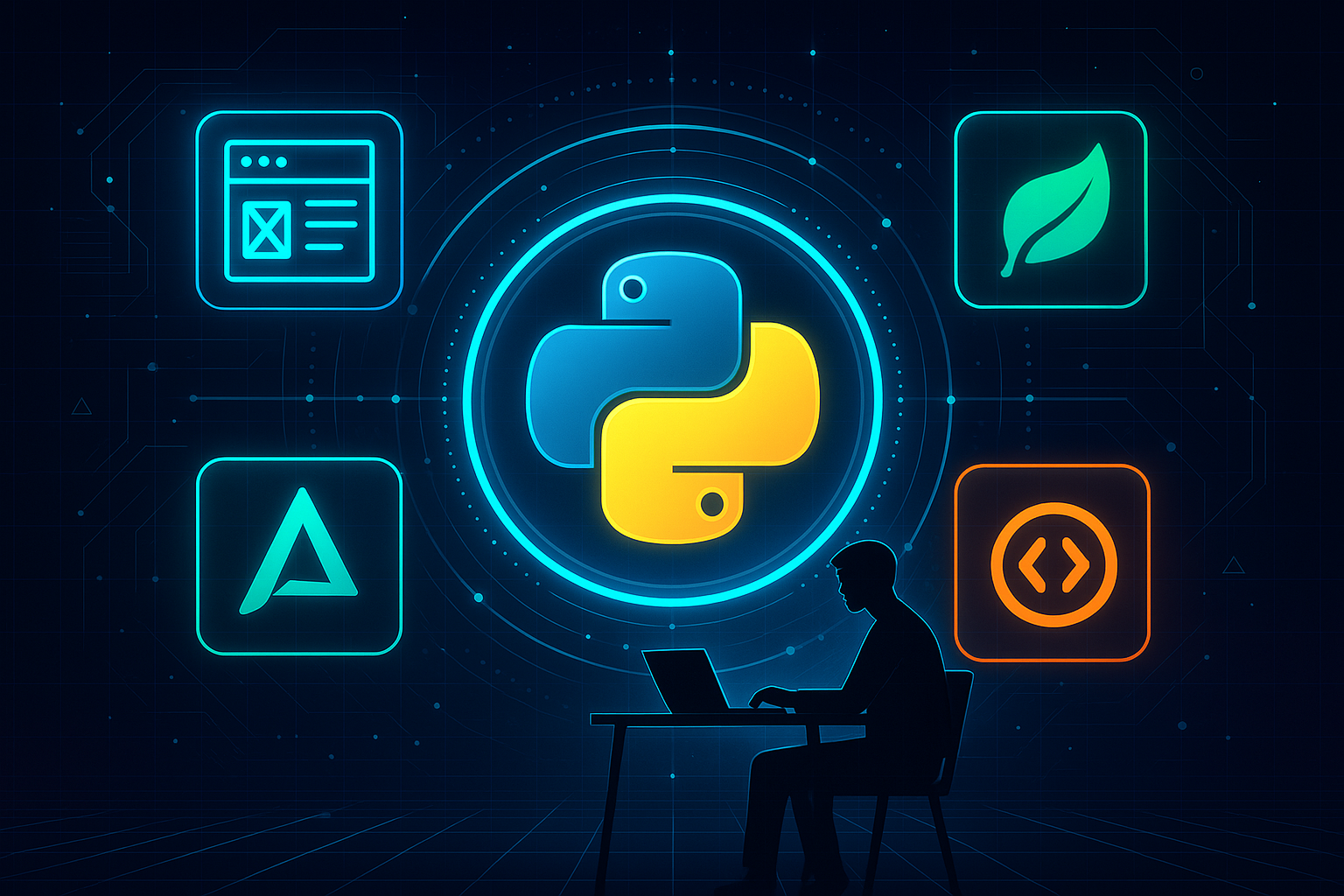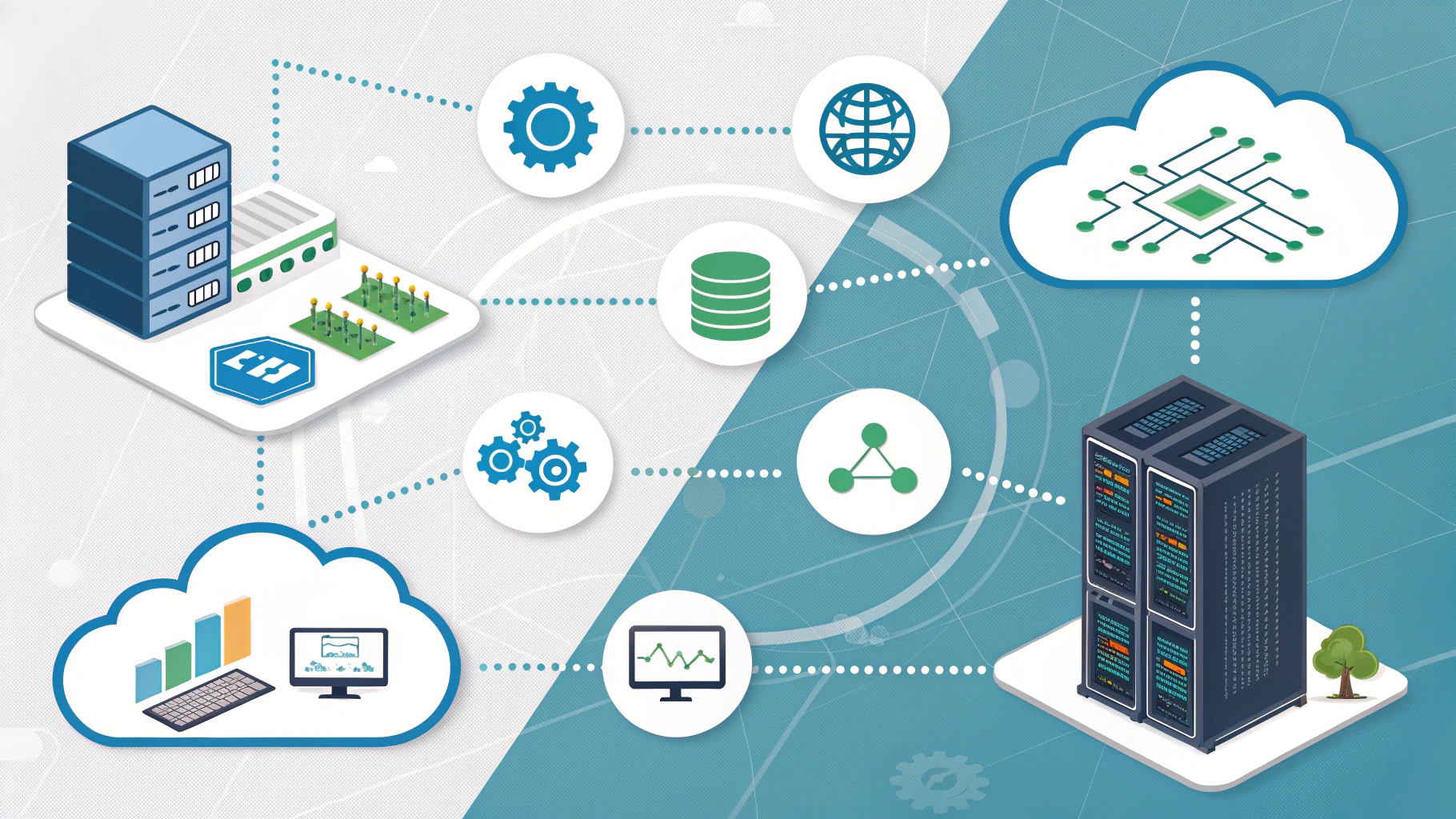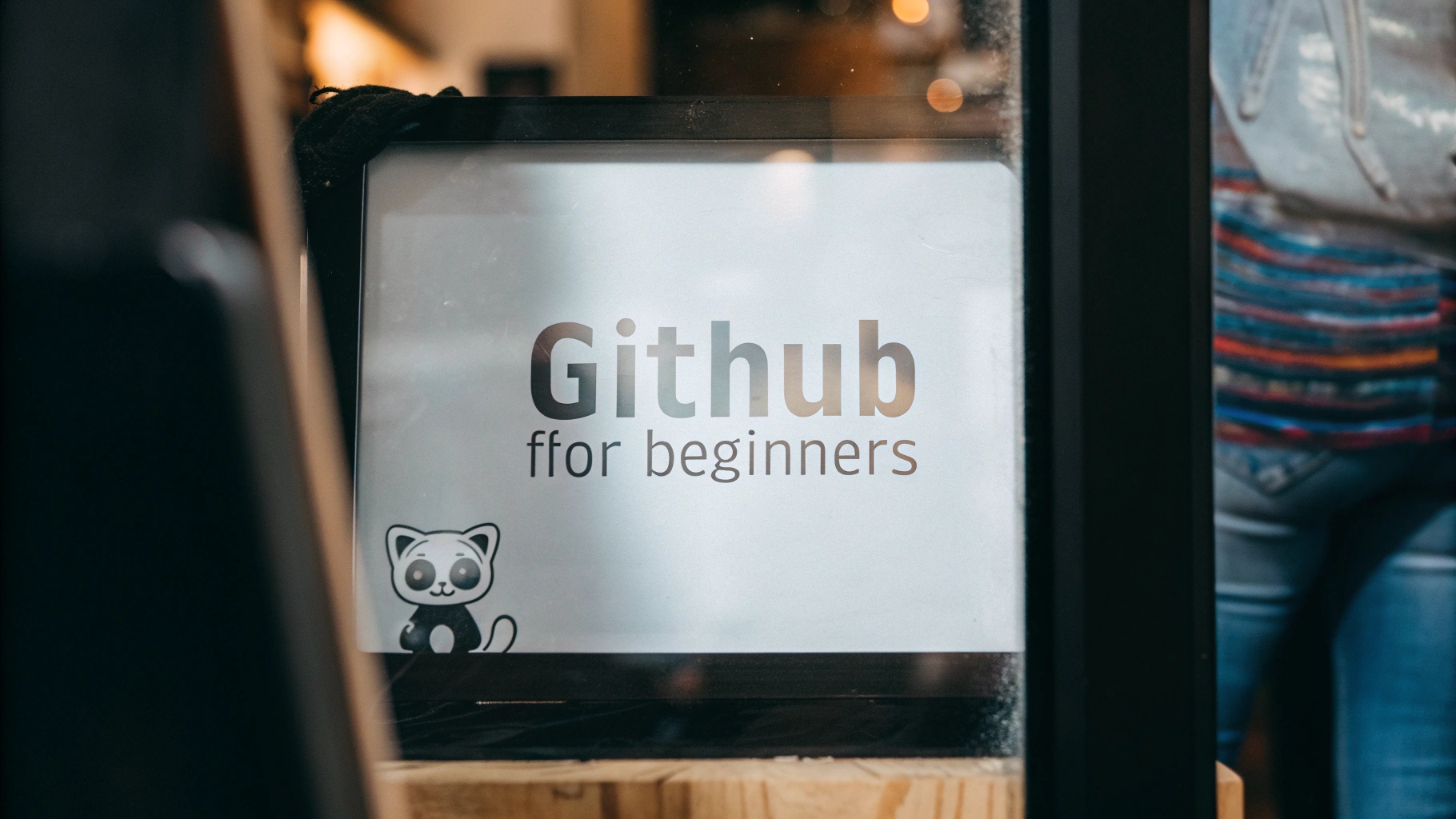
In 2025, Python continues to dominate as a leading language in web development, powering everything from simple websites to enterprise-grade platforms. Thanks to its readability, extensive libraries, and vibrant community, Python remains a go-to language for both beginners and professionals. One of the key reasons for Python’s popularity is the wide array of frameworks available to accelerate development. In this blog post, we’ll explore the top 5 Python frameworks for web development in 2025, highlighting their features, use cases, and how they stack up in the ongoing Flask vs Django debate.
1. Django
Django remains one of the most robust and mature Python frameworks. Known for its “batteries-included” philosophy, Django comes with built-in features like authentication, admin panels, ORM (Object-Relational Mapping), and more.
Key Features:
- Fully featured for fast, secure development
- Great for large-scale applications
- Built-in admin interface
- Highly scalable and secure
Use Case:
Perfect for developers looking to build complex web apps quickly and securely.
Why Django in 2025?
As businesses continue to demand scalable and secure applications, Django’s structure and ecosystem are more relevant than ever. It’s especially popular among startups and fintech companies.
2. Flask
Flask is a lightweight and flexible micro-framework. Unlike Django, Flask gives developers more control over their application architecture, making it ideal for smaller projects and developers who want to customize every part of the build.
Key Features:
- Minimalistic and easy to start
- Supports extensions for added functionality
- Great for microservices
Use Case:
Ideal for prototypes, MVPs (Minimum Viable Products), or services that need complete customization.
Flask vs Django in 2025
The choice between Flask and Django largely depends on your project requirements. Flask offers simplicity and flexibility, whereas Django provides a complete toolkit out of the box. In 2025, both are strong contenders in web dev tools, but Flask continues to gain ground among startups due to its agility.
3. FastAPI
FastAPI has exploded in popularity thanks to its speed and ease of use. Designed for building APIs with modern Python (type hints), FastAPI is one of the fastest frameworks available.
Key Features:
- High performance, comparable to Node.js and Go
- Automatic data validation
- OpenAPI and JSON Schema support
Use Case:
Best for building RESTful APIs, backend systems, and microservices where performance matters.
Why FastAPI is Trending
As the demand for efficient and scalable APIs increases, FastAPI is quickly becoming a favorite in modern web development in 2025.
4. Pyramid
Pyramid is a flexible framework that can be used for both small and large applications. While it may not be as mainstream as Django or Flask, Pyramid shines when you need flexibility and scalability together.
Key Features:
- Flexible configuration
- URL mapping via traversal and routing
- Supports both SQL and NoSQL
Use Case:
Great for experienced developers building large and flexible systems.
Where Pyramid Stands in 2025
Pyramid continues to serve a niche but important audience, especially in enterprise environments that demand flexibility and stability.
5. Tornado
Tornado is a bit different from the rest on this list. It’s known for handling asynchronous operations and supporting thousands of connections at once, making it ideal for real-time applications.
Key Features:
- Asynchronous networking library
- Handles long-lived network connections
- Excellent for WebSockets and real-time apps
Use Case:
Ideal for real-time applications like chat systems, dashboards, or notification systems.
Tornado’s Role in 2025
With the rise of real-time web apps, Tornado holds its ground as a powerful tool in the arsenal of Python developers.
Conclusion
Choosing the right Python framework for web development in 2025 depends on your project’s size, complexity, and future scalability. If you need full-featured support, Django is your friend. For lightweight and custom solutions, Flask and FastAPI are great picks. If flexibility or real-time support is a must, look into Pyramid and Tornado.
Each of these frameworks has a strong community and extensive documentation, making your web development journey smoother. Whether you’re team Flask vs Django, or leaning towards newer players like FastAPI, the Python ecosystem has something powerful to offer for every developer.
Explore official Python frameworks: Python.org – Frameworks
Frequently Asked Questions (FAQs)
1. Which Python framework is best for web development in 2025?
It depends on your project needs. Django is best for full-featured apps, Flask for flexibility, and FastAPI for high-performance APIs.
2. Is Flask better than Django for beginners?
Flask is simpler and great for learning, but Django provides more built-in features. Beginners who want full-stack experience may prefer Django.
3. Why is FastAPI popular in 2025?
FastAPI is fast, modern, and supports asynchronous programming, making it ideal for building APIs in modern applications.
4. Can I use Python frameworks for real-time applications?
Yes! Tornado is particularly good for real-time apps like chat systems or live dashboards due to its asynchronous capabilities.
5. Are these frameworks suitable for enterprise-level applications?
Absolutely. Django, Pyramid, and FastAPI are often used in enterprise environments due to their scalability, performance, and robust ecosystems.







